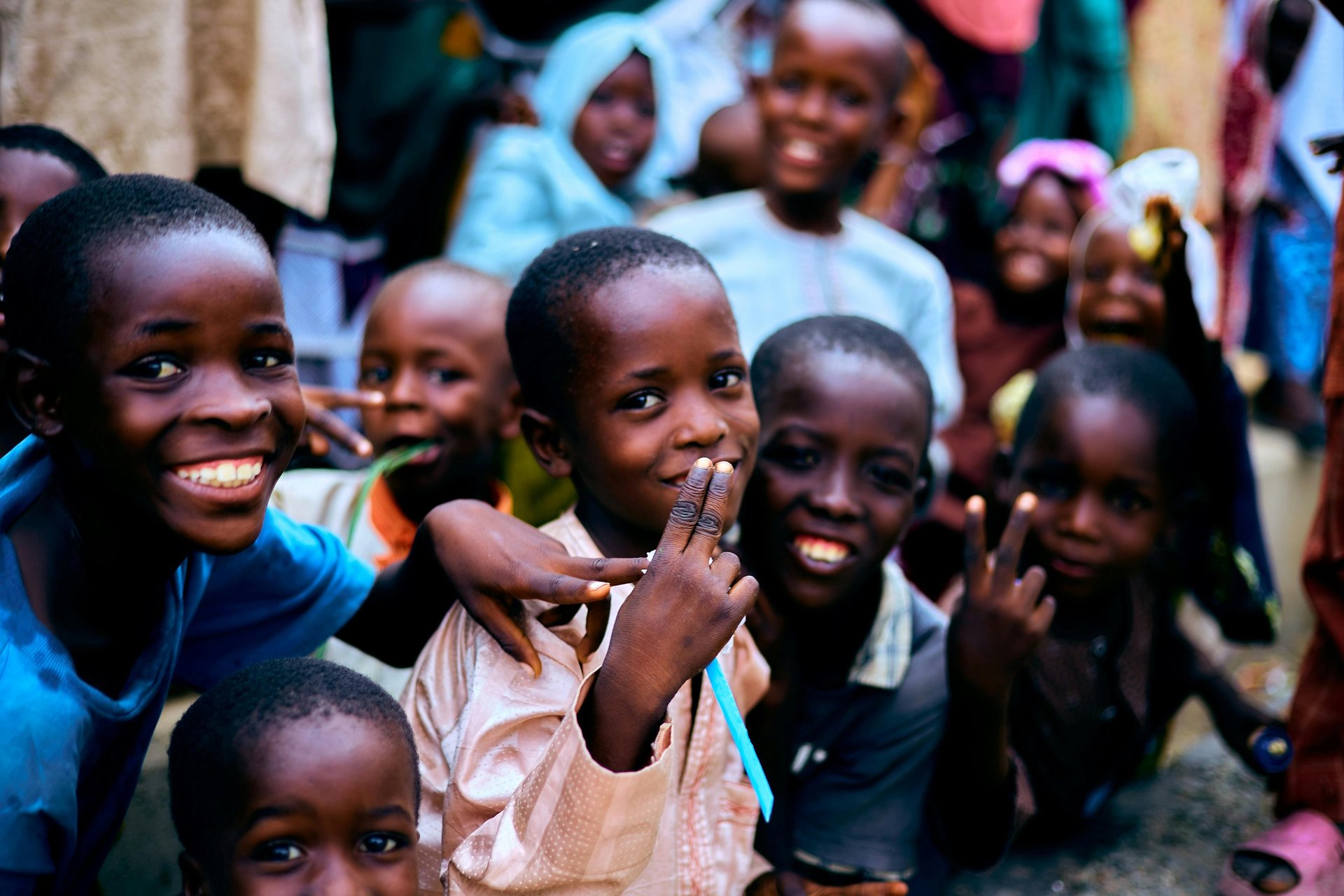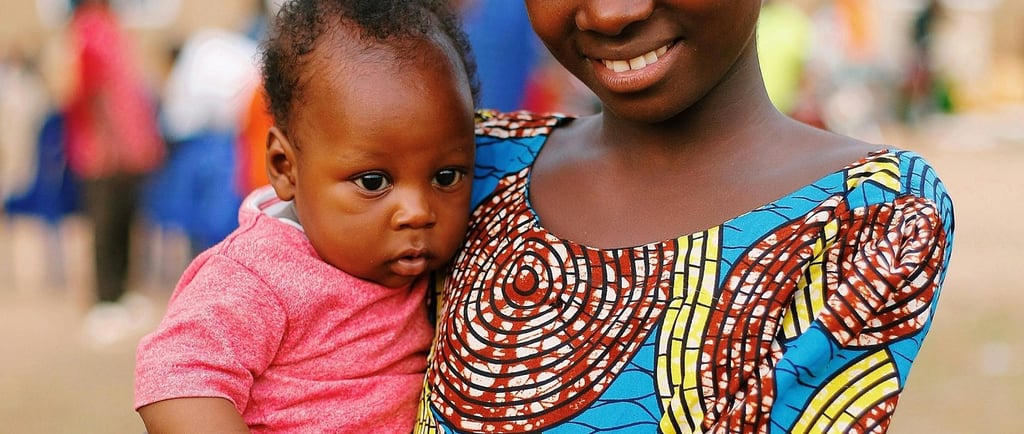The Rising Concern of Child-to-Child Marriage in Koboko District: Causes, Impacts, and Interventions
It's a pity that the Rising Concern of Child-to-Child Marriage in Koboko District: Causes, Impacts, and Interventions is so huge



Introduction
Child-to-child marriage, involving underage children being married off to each other, is an emerging concern in Koboko District, Uganda. While child marriage is already a known social and human rights issue, the phenomenon of children marrying fellow children is particularly alarming due to its compounded consequences. This article explores the root causes, societal impacts, and potential interventions surrounding child-to-child marriages in Koboko.
Research Questions:
1. What are the underlying causes of child-to-child marriage in Koboko District?
2. What are the psychological, social, and health impacts on the children involved?
3. What are community perceptions and ongoing interventions addressing this issue?
Significance:
This study is essential for policymakers, educators, NGOs, and local leaders aiming to develop targeted interventions to prevent early marriages and promote child protection and education in refugee and host communities.
Methods
A qualitative approach was used to gather data from interviews with local leaders, teachers, healthcare workers, parents, and adolescents. The study focused on communities in both refugee settlements and the host population in Koboko District. Data were analyzed thematically to understand drivers, impacts, and the community response to child-to-child marriage.
Ethical Considerations: Informed consent was secured from participants, and child interviews were conducted with the consent and supervision of guardians to protect their welfare.
Results
Causes of Child-to-Child Marriage:
Key drivers include poverty, peer pressure, lack of parental supervision, early sexual activity, cultural norms that promote early marriage, and limited access to education. Participants reported that some children opt to cohabit after a teenage pregnancy, with family consent or pressure, as a form of marriage.
Impacts on Children:
Psychologically, these marriages lead to stress, trauma, and identity crises. Socially, child spouses often drop out of school and are isolated from peers. Health-wise, there is a high risk of maternal and child complications due to early pregnancy, lack of antenatal care, and poor nutrition.
Community Perceptions and Services:
Many community members see child-to-child marriage as a coping mechanism for unintended pregnancies or broken homes. However, others condemn it, citing its role in reinforcing the cycle of poverty and illiteracy. Interventions are currently limited, with a few NGOs offering reproductive health education and child protection services.
Discussion
The findings reveal that child-to-child marriage is both a symptom and a cause of deeper societal issues, including poverty, lack of education, and weak family structures. The situation is compounded in refugee settings where resources are scarce and protection systems are overwhelmed.
This study aligns with global literature that calls for multi-sectoral strategies involving education, community engagement, law enforcement, and youth empowerment. There is a need for parenting programs, youth-friendly reproductive health services, and community education to shift cultural attitudes.
Limitations: The study is limited to Koboko District and may not reflect the full scale of the problem in other regions. Further research is needed to quantify prevalence and explore long-term impacts.
Conclusion
Child-to-child marriage is a critical child protection issue in Koboko District, demanding urgent, coordinated action. The practice robs children of their rights, health, and future opportunities. Ending this trend requires strengthening education systems, empowering youth, enforcing child protection laws, and addressing the root causes embedded in community norms and economic hardship.
Abstract
This article investigates the emerging issue of child-to-child marriage in Koboko District, Uganda. Using qualitative interviews, the study identifies poverty, peer influence, and early pregnancy as key drivers. The impacts range from psychological stress and health complications to school dropouts and social isolation. Although some community members accept the practice, many recognize its dangers. The paper calls for holistic, community-based interventions to eliminate child marriages and promote the rights and well-being of all children.
Service
Empowering communities through faith and innovation.
Connect
Subscribe for our newsletter
info@donneemart.online
+256-774-143-794
© 2025. All rights reserved.
